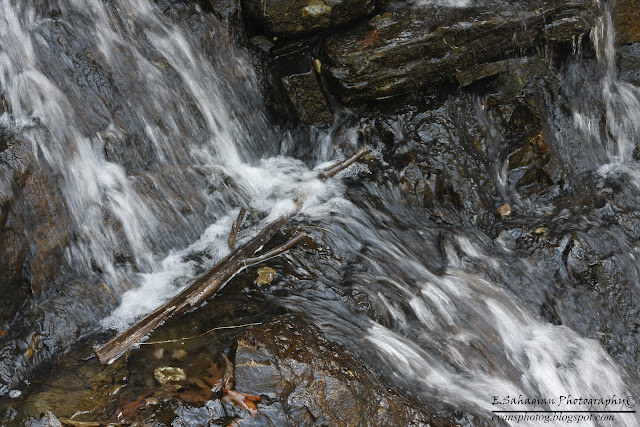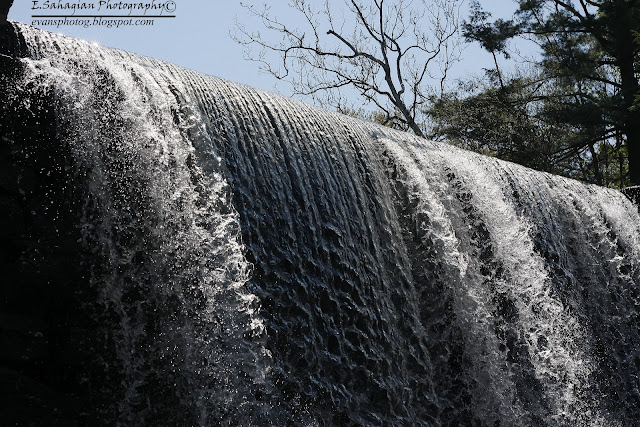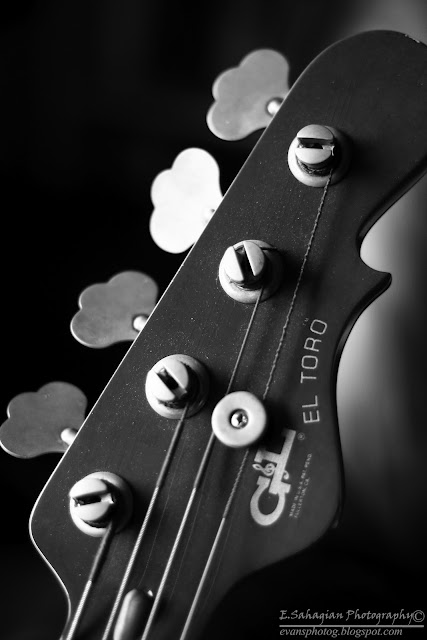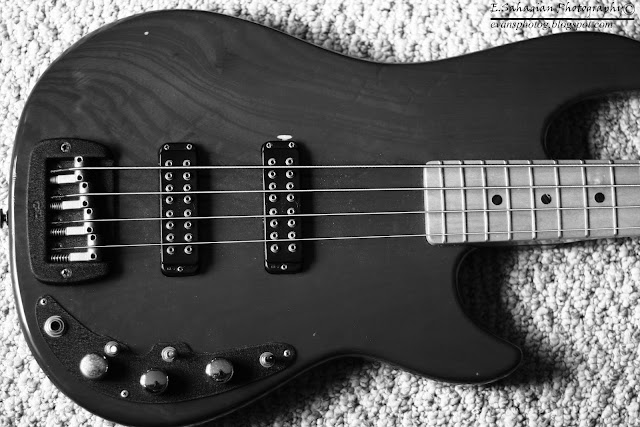Here I'm going to discuss the basic principles of photography. The first thing to remember is that there are three key aspects that must work in harmony to get a good exposure. The most important thing to remember is that everything is dependent on light. Everything you adjust on your camera has to do with light, whether you need more or less. Light is everything.
The first is Shutter Speed. Simply put, the shutter speed of a camera tell the user how fast or slow a shutter opens and closes. For the majority of photographs, shutter speeds will be very fast. Cameras typically range from very long exposes, such as 30 seconds, to incredibly fast, like 1/8000th of a second. There are consequences to using such fast or slow shutter speeds. The fact is, the faster the shutter speed, the less light makes it to the film, or sensor, and vice versa for slow shutter speeds. You may end up with a bright, over-exposed image if your shutter speed is too slow, and you might get a dark under-exposed image if it's too fast. Shutter speed is one of the things most frequently adjusted when shooting in Manual mode, so don't just set it and forget it. Using slower shutter speeds can yield some very interesting exposures, especially when shooting moving objects.
 |
| Using a slow shutter speeds allows the water to look smooth and streaky |
However, using a fast shutter speed can capture moments and freeze them in time, much like the water in the image below, you can make out individual water droplets that the naked eye may have missed.
 |
| High shutter speeds make the water freeze in time |
|
|
The second important concept to be aware of is Aperture. Essentially aperture is a series of small blades inside the camera lens that open and close to allow more or less light in. Apertures can be a little tricky to master. They can range from 1.2/f to 32/f. Each increment is referred to as F-Stops. The trick is remembering that the smaller the number is, the wider the aperture gets, and therefore the more light gets to the film or sensor. And as with shutter speed, if too much light reaches the sensor or film, the more over-exposed an image becomes, and the more under-exposed and image becomes if the aperture is too large. Most lenses tend to have a "sweet spot" where they are the sharpest. This spot usually ranges from 8/f to 10/f depending on the lens. There are other neat effects created by adjusting the aperture. A very wide aperture creates a shallow depth of field. The depth of field determines how much of the photograph is in focus. A high aperture creates a deep depth of field, which results in most of the image being in focus. The depth of field is applied to the background of the photograph. So in portraits, for example, the subject may be in focus and the background may be blurred, or it might be as sharp as the subject.
 |
| Notice how the background is blurred to the point where you can't recognize it |
Here is an example of using a high aperture, about 16 in this image. Most macro photography uses a higher aperture in order to get the full photograph into sharp focus.
 |
| With a large aperture, the background is sharply in focus with the rest of the image |
The last thing that beginners should worry about is the ISO, or ASA (film speed), depending on what you're shooting. The film speed determines how sensitive the film is to light. Film is rated from 6 to up to 3200. There is a tradeoff with the different speeds of film, as there is for aperture and shutter speeds. The slower film, or ISO, is the slower your shutter speed needs to be to compensate. Lower ISOs and ASAs are not very sensitive to light and require a lot of light before an image is correctly exposed. Higher ISOs and ASAs require less light and are better for indoor photography or sports photography. Another trade off is the amount of grain that will be present in your images. The faster ISOs and ASAs create a lot of visible grain in your images, regardless of how they are exposed.
Photography requires a constant balance of ISO, Shutter speed, and Aperture, in order to create a good exposure. There must be constant compensation for an increase of any of these areas. Yet used in different ways, and combining them with various techniques, you can get some very cool and interesting effects.





No comments:
Post a Comment